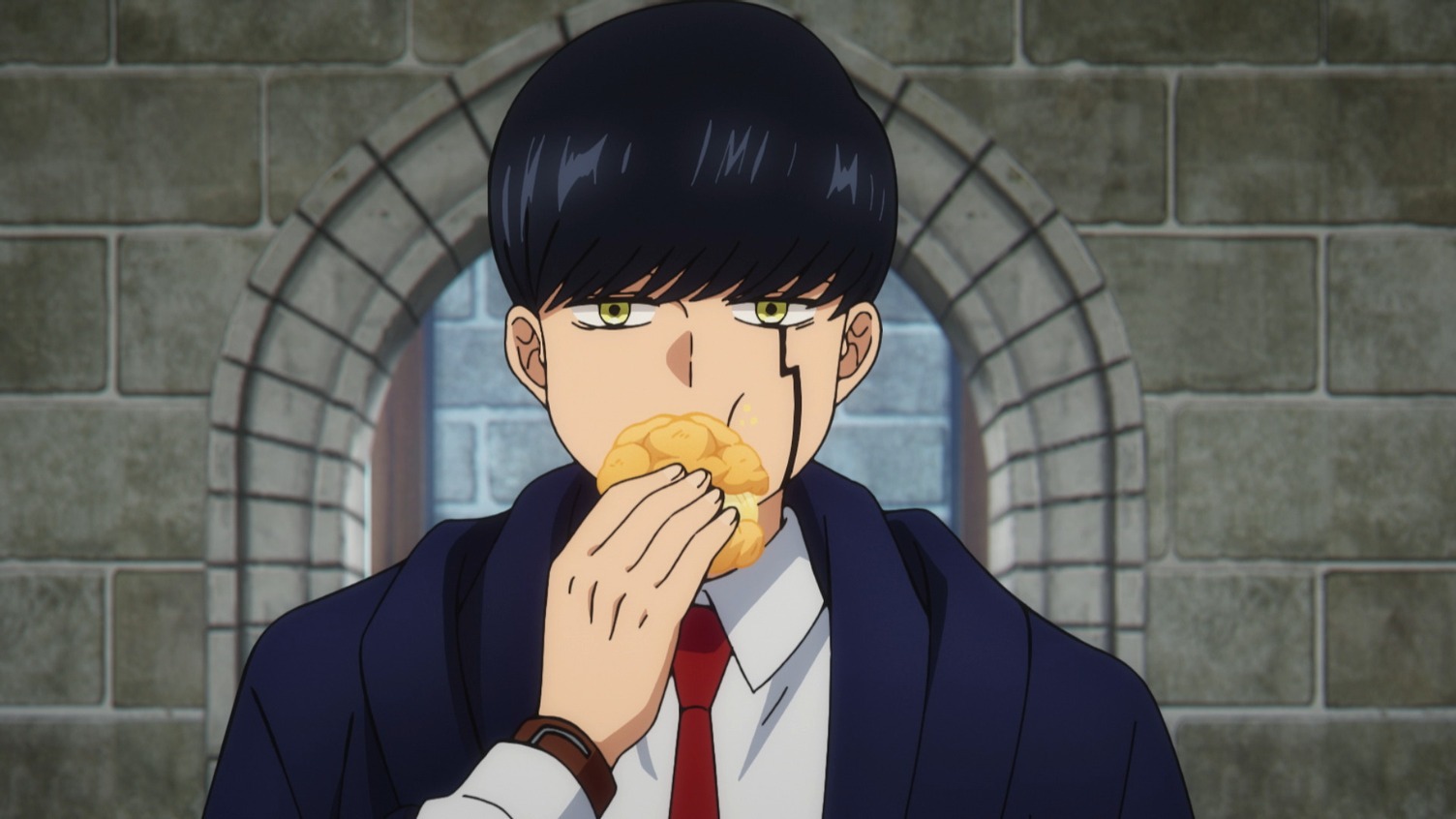My Fake Boyfriend Manga? Yeah, it’s totally blowing up right now! This ain’t your grandma’s shoujo manga; we’re talking seriously addictive storylines filled with swoon-worthy fake relationships, hilarious misunderstandings, and characters you’ll totally obsess over. Think intense romantic tension, classic manga tropes with a modern twist, and enough drama to keep you hooked until the very last page.
Get ready to dive into the world of pretend love and unexpected real feelings.
Discover more by delving into denji manga panel further.
We’re exploring everything from the manga’s crazy popularity and the demographics devouring it, to the common plot twists and character archetypes that make these stories so captivating. We’ll break down how the “fake boyfriend” trope has evolved over time and how these stories reflect modern relationships and societal expectations. It’s gonna be lit!
My Fake Boyfriend Manga: A Deep Dive into Popularity and Tropes
The “fake boyfriend” trope in manga has exploded in popularity, captivating readers with its blend of romance, comedy, and relatable high school drama. This article explores the current trends, recurring themes, and character archetypes that define this beloved genre.
Popularity and Trends of “My Fake Boyfriend Manga”
Manga featuring fake boyfriend scenarios enjoys significant popularity, especially among young adult readers. This surge in popularity is fueled by several factors, including the relatability of the characters’ situations and the appeal of the slow-burn romance often depicted.
- Current Popularity: The genre consistently ranks high in sales charts and online discussions, showcasing its strong appeal to a wide audience. Many successful manga series and anime adaptations have cemented the trope’s mainstream acceptance.
- Key Demographic Trends: The primary demographic consists of teenage girls and young women, drawn to the romantic elements and the relatable struggles of navigating high school relationships and social pressures. However, the genre also attracts a significant male readership who appreciate the comedic aspects and character development.
- Comparison to Similar Genres: Compared to other romance manga genres, such as school romances or shoujo manga, the “fake boyfriend” trope offers a unique twist, adding layers of complexity and comedic potential to the typical romantic narrative. It often blends elements of comedy, slice-of-life, and drama, broadening its appeal.
- Evolution of the Trope: The “fake boyfriend” trope has evolved over time, incorporating more diverse character dynamics and addressing contemporary issues. Early iterations might have focused solely on the romantic aspects, while modern interpretations often explore themes of friendship, self-discovery, and societal expectations.
Themes and Tropes in “My Fake Boyfriend Manga”
The “fake boyfriend” trope offers a fertile ground for exploring various themes and character archetypes, resulting in a diverse range of narratives. Common plot devices and character interactions create a dynamic and engaging reading experience.
- Common Plot Devices and Narrative Structures: Many manga utilize the initial contract or agreement between the fake couple as a central plot device, creating a framework for misunderstandings, humorous situations, and gradual emotional development. The eventual revelation of the fake relationship often serves as a major plot point.
- Recurring Character Archetypes: Tsundere (initially cold but secretly caring), kuudere (emotionally inexpressive), and dandere (shy and reserved) characters are frequently featured, each providing unique dynamics to the fake relationship. The contrast between these personalities often fuels the romantic tension.
- Building and Resolving Romantic Tension: Romantic tension is built through close proximity, shared experiences, and the gradual blurring of lines between the fake and genuine emotions of the characters. Resolution often involves a confession of true feelings, a confrontation with societal expectations, or a re-evaluation of the characters’ priorities.
- Portrayal of Relationships and Societal Expectations: These manga frequently explore the pressures of high school social dynamics, including peer pressure, expectations of dating, and the complexities of navigating romantic relationships. The “fake boyfriend” setup provides a lens through which to examine these pressures and their impact on the characters.
So, there you have it – a whirlwind tour through the wildly popular world of My Fake Boyfriend Manga. From its explosive rise in popularity to the intricate web of relationships and relatable themes, these manga offer a unique blend of humor, romance, and emotional depth. Whether you’re a seasoned manga reader or a curious newbie, the world of fake dating and unexpected connections is waiting to be explored.
Prepare for some serious feels, and maybe even a few new faves to add to your reading list. Peace out!


